And when we say nothing, we mean nothing. As in zero. Zilch. Nada. See, when we unveiled the Allbirds Flight Plan in 2021, that was a big part of our commitment: cutting our carbon footprint in half by the end of 2025, then reducing it to near zero by 2030.
And not for nothing, we’re on track.
With a 22% drop in our average product carbon footprint in 2023, we’re closing in on our 2025 Flight Plan goal. This is a game of inches and we’re big on near term, tangible progress. It’s just one small part—okay, big part— of our mission to reverse climate change through better business.
Reverse Climate Change
Through Better Business
But what does “better business” look like? With the sustainability bandwagon getting more and more crowded, it can be tough to know. That’s why we’re laying out our vision in plain English:
- Establishing a 3 step approach to hold ourselves accountable
- Outlining priorities to reduce our footprint
- Committing to concrete changes by 2025

Our Beginnings
The fashion industry dumps 2.1 billion tonnes of carbon dioxide into the atmosphere every year. That’s equal to the pollution from 456,707,817 cars in the same timeframe. Why so much? Because our industry loves fossil fuels—to power factories, ship things, and make materials. In other words, most of what we wear is made from plastic, and plastic comes from oil, a fossil fuel.
It wasn’t always this way. In fact, humans really only became obsessed with plastic over the last 80 years. So we asked ourselves, “Would it be better if we went back to making things from natural materials?”
Our Materials
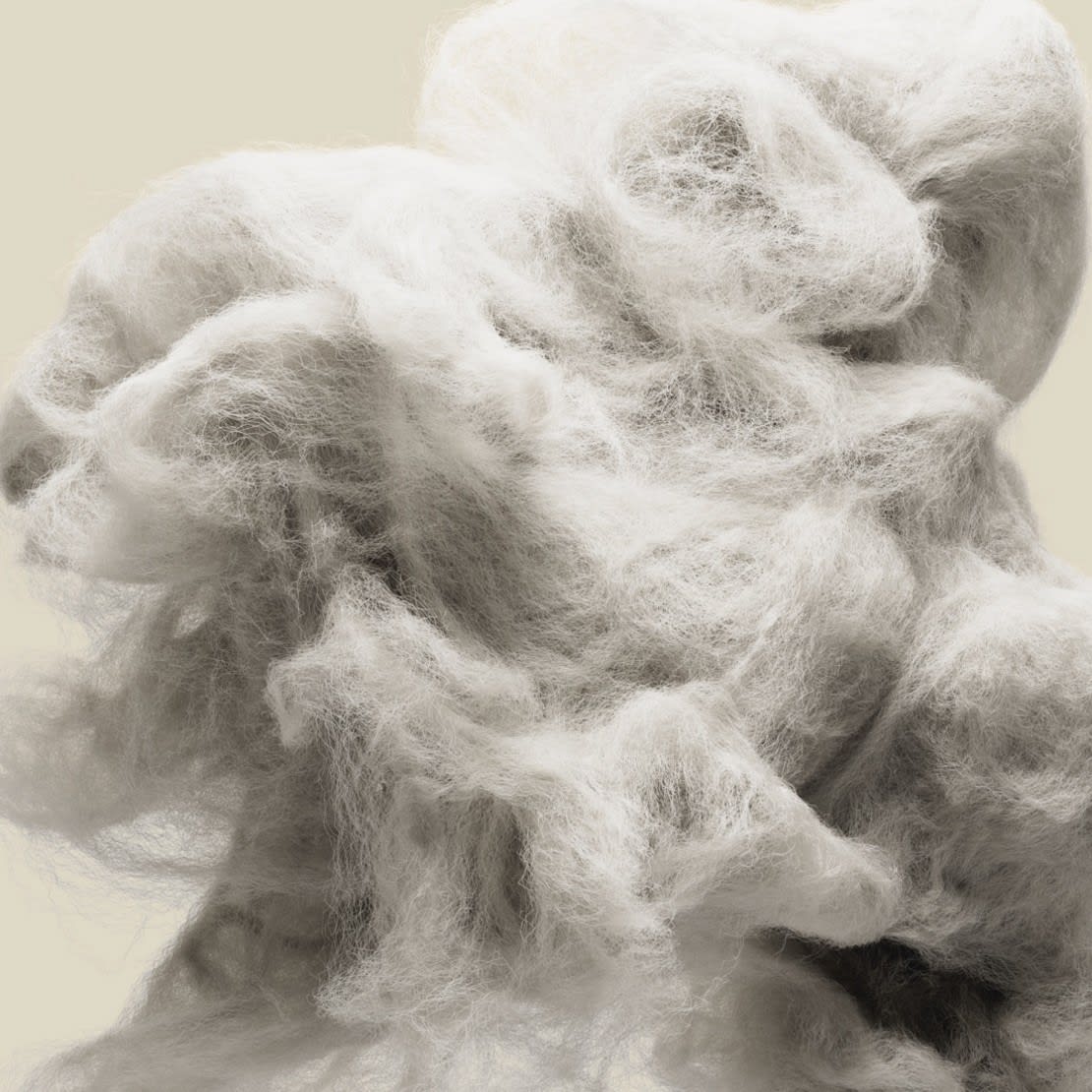
Wool

Tree
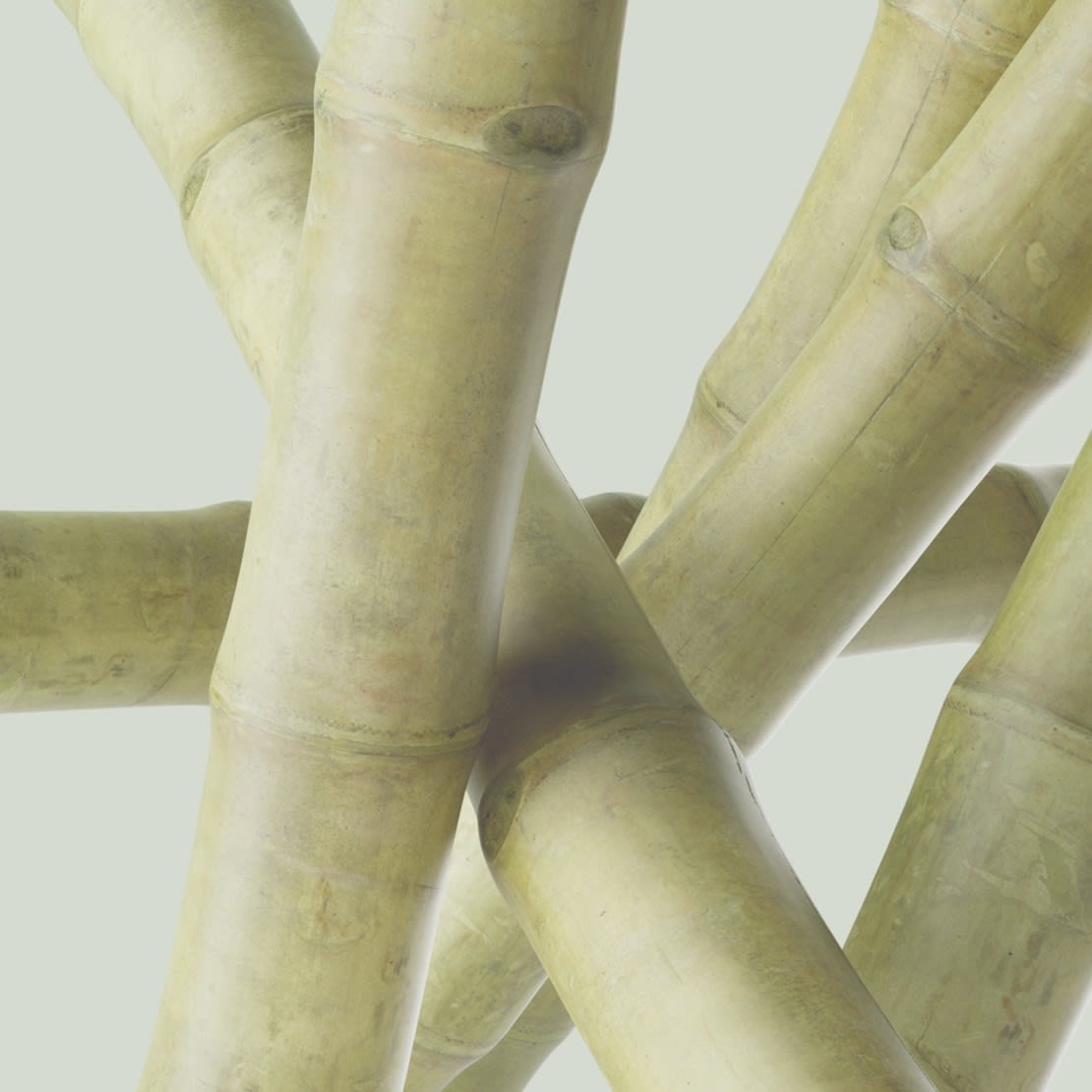
Sugar

Trino®

TrinoXO™

Our Approach
Climate change is a complex topic. Which is why we’re focused on what we can control: driving our emissions to zero. We do this with a data-driven approach, investing in projects, systems, and tools that maximize our potential for positive impact. Today, we have a three-part approach to address our climate impact: we measure our emissions, reduce our footprint, and work to support the removal of carbon emissions from the atmosphere.
Measure
We measure everything that contributes to our carbon footprint, from the factory floor to the lights in HQ.
Learn More:
- What’s In A FootprintGo Back
Reduce
We are continuously working to reduce our climate impact, driving carbon reductions through work in regenerative agriculture, renewable materials, and responsible energy.
Learn More:
- Regenerative AgricultureGo Back
- Renewable MaterialsGo Back
- Responsible EnergyGo Back
Remove
While striving for longer-term climate goals, we are also working to support nature-based carbon removal projects that are more closely related to our value chain.
Learn More:
- Supporting Carbon ProjectsGo Back




Our Priorities
We think doing better means doing more than measuring and mitigating our impact. So we’re focused on strategies that will reduce our footprint, with a focus on actions in our value chain.
Regenerative Agriculture
Shifting our farming practices to create healthy soil, effectively removing CO2e from the atmosphere.
Renewable Materials
Replacing virgin petroleum-based materials with natural and recycled ones, and inventing alternatives that don’t yet exist.
Responsible Energy
Using cleaner fuel and electricity, and using less of them to begin with.




Our Progress
Like we said, reducing our environmental impact has been our priority since day one. Here are just a few notable causes for celebration on our journey to zero emissions.
APR. 2023
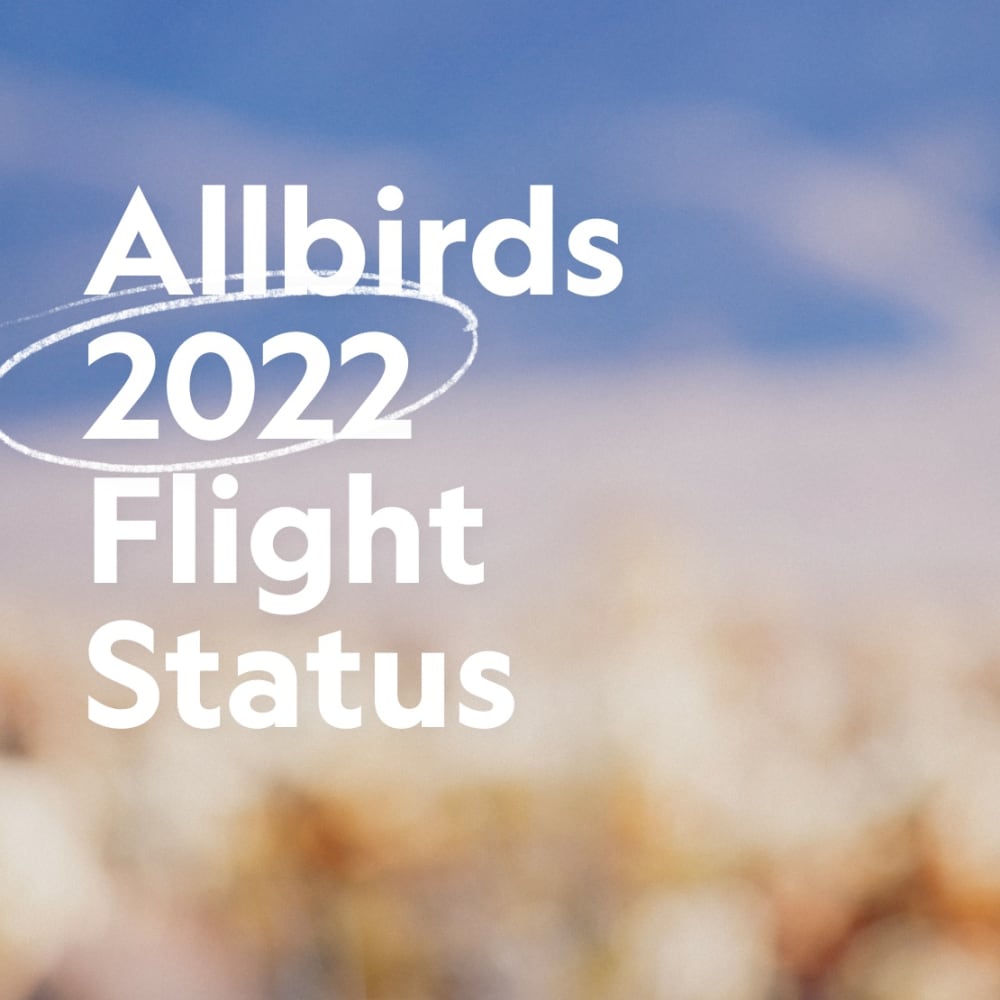
Released 2022 Flight Status (aka our sustainability report)
Continuing our annual updates on Flight Plan progress, our 2022 version noted a 19% reduction in our average product carbon footprint.
Oct. 2022
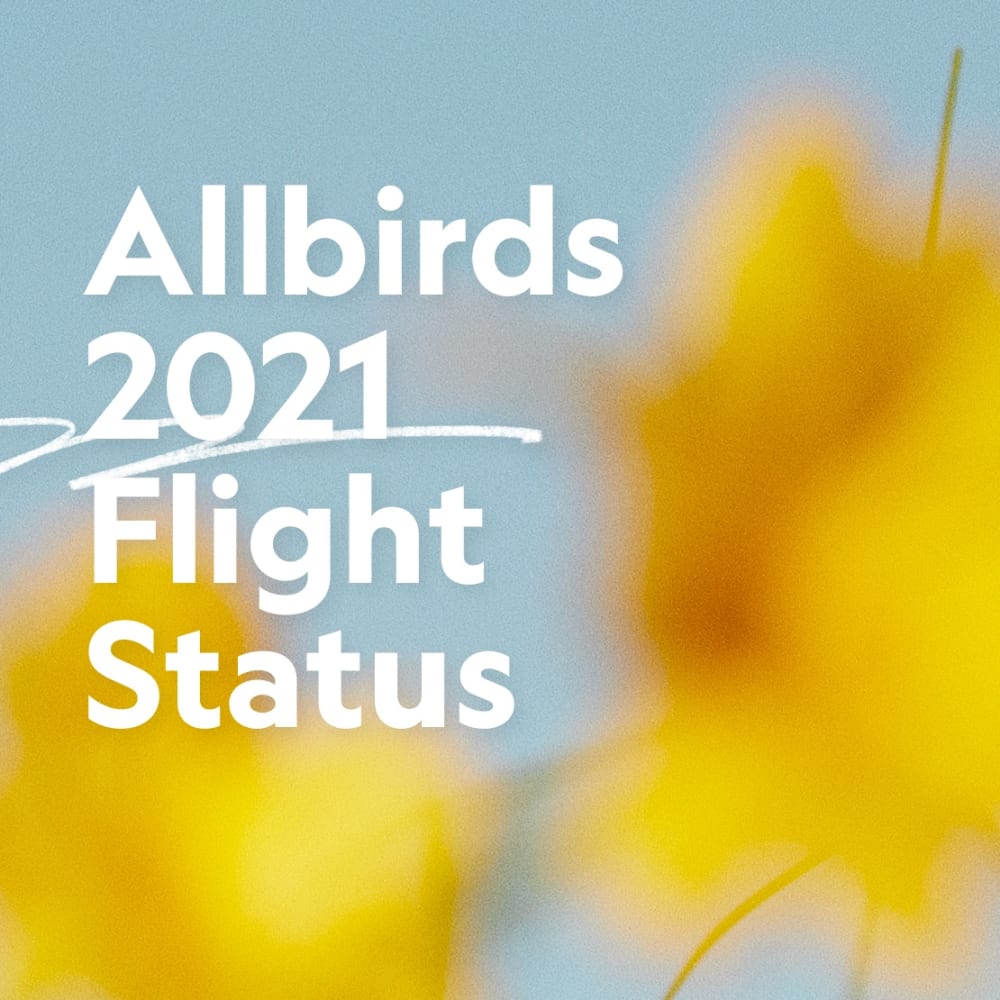
Announced a 12% reduction to our per-unit carbon footprint
Our 2021 Flight Status, our version of a sustainability report, highlighted a 12% reduction in our average product carbon footprint.
Apr. 2021

Open Sourced Our Carbon Footprint Tool
Because our model for calculating carbon footprints of the things we buy doesn’t do any good if we keep it for ourselves.
Feb. 2021

Announced Plant Leather
Our 100% natural, plant-based alternative with as much as 40x less carbon impact than traditional leather.
Oct. 2020

Launched TrinoXO™
For the first time in an apparel piece, we used Chitosan to create TrinoXO™, a natural odor-reducing material derived from discarded snow crab shells.
Apr. 2020
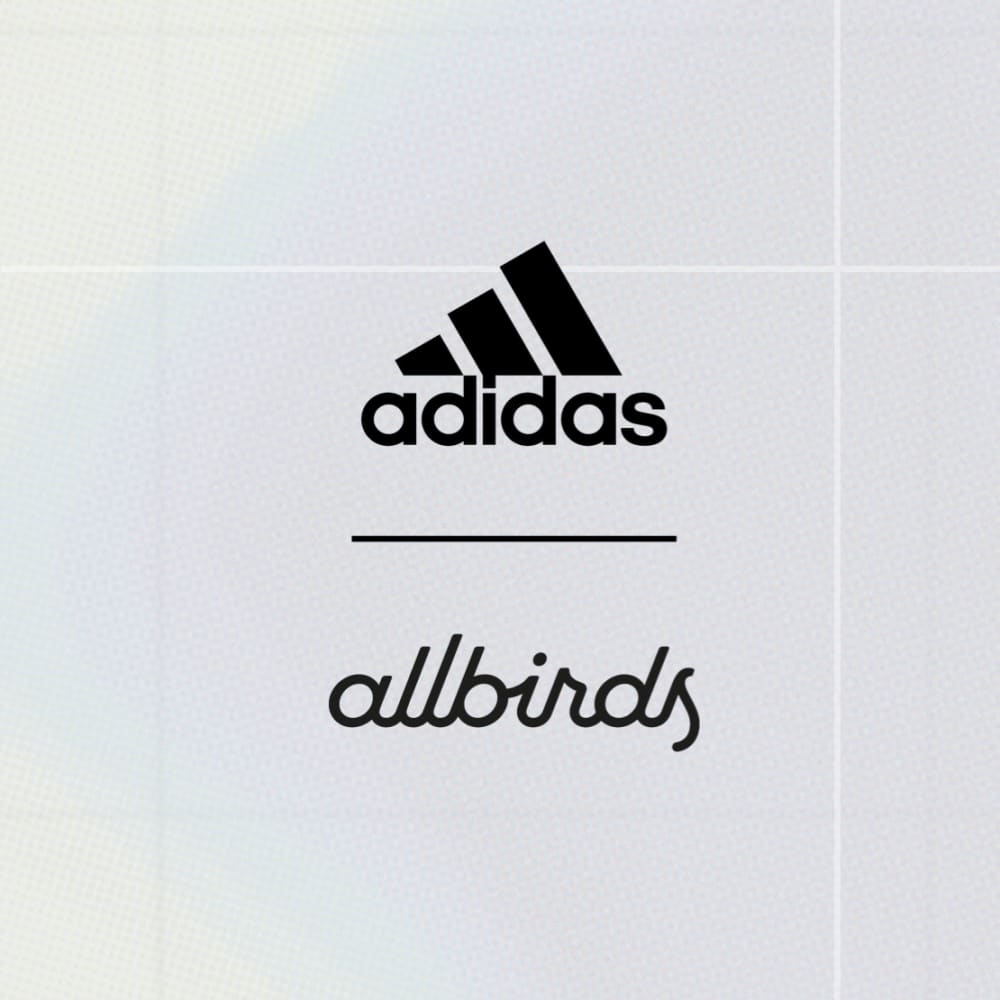
Announced Adidas Partnership
Putting collaboration over competition on the quest to create the lowest carbon footprint performance shoe of all time.
Apr. 2020
Introduced Carbon Footprint Labelling
Became the world’s first fashion brand to label 100% of our products with their carbon footprint, like a nutrition label for your closet.
Dec. 2019
Re-certified as a B Corp
Doubling down on our commitment to be a business that serves both people and planet.
Aug. 2019
Launched Trino®
When we couldn’t find apparel yarns that met our standards of comfort and sustainability, we invented our own using eucalyptus tree and merino wool.
Apr. 2019
Became a Carbon Neutral Business
Holding ourselves accountable to our environmental impact through an internal carbon tax.
Aug. 2018
Launched SweetFoam®
Our revolutionary sugarcane midsole material made with the world’s first carbon negative green EVA.
Mar. 2018
Launched The Tree Runner
The first shoe certified by the Forest Stewardship Council and a lighter, breezier alternative to the cozy Wool Runner.
Mar. 2016
Launched The Wool Runner
The impetus for leveraging natural materials to replace the traditional petroleum-based synthetics found in footwear.
Feb. 2016
Established as a Public Benefit Corporation
We wanted to ensure the planet would be a key stakeholder from day one, and became a certified B Corp shortly after.

Our Commitments
We get it—talk is cheap. And lately, it seems like there’s a lot of it, without much action. Which is why we’re focused on 2025 and committing to a five-year to-do list—goals that will let you hold us accountable.
Climate change is so important in large part because it’s so connected to everything. Which is why our work expands beyond three pillars of commitment and into the following foundational areas.
Regenerative Agriculture
Shifting how we farm to draw carbon from the atmosphere

100% of Allbirds wool will come from regenerative sources
By the end of 2025, we will have transitioned our wool supply chain, only buying wool from regenerative sources.

Reduce or sequester 100% of on-farm emissions from wool
By the end of 2025, our wool farms will have shifted towards a regenerative model, effectively turning them into carbon sinks.
Renewable Materials
Replacing virgin petroleum-based materials with natural and recycled ones

75% sustainably sourced natural and recycled materials
Taking a big step forward on our mission to eliminate fossil fuels from our material sourcing.

Reduce the carbon footprint of raw materials by 25%
It’s not enough to make sure materials are natural, so we’re also ensuring they come with a low carbon footprint.

Reduce raw materials use by 25% across all products
Simply put, using less materials to begin with and following our mantra of “how can we do more with less?”

Double the lifetime of footwear and apparel products
Increasing the durability of our materials to keep our products in use longer.
Responsible Energy
Using less and cleaner fuel and electricity

100% renewable energy for all “owned & operated” facilities
Transitioning our offices, retail stores, and distribution centers to renewable energy.

100% renewable energy for our finished good manufacturers
Partnering with our factory partners to procure renewable energy in their facilities.

Achieve steady state of more than 95% ocean shipping
We’ll maximize ocean shipping, which saves both cost and carbon when compared to shipping by air.

100% of customers machine wash cold and 50% hang-dry apparel
Educating and encouraging customers to lessen their impact by adopting sustainable care practices.
Showing Our Work
We know that saving the planet will take more than crossing our fingers and hoping for the best. So here’s how our commitments for 2025 will result in that 50% reduction we’ve been talking about so fondly.
